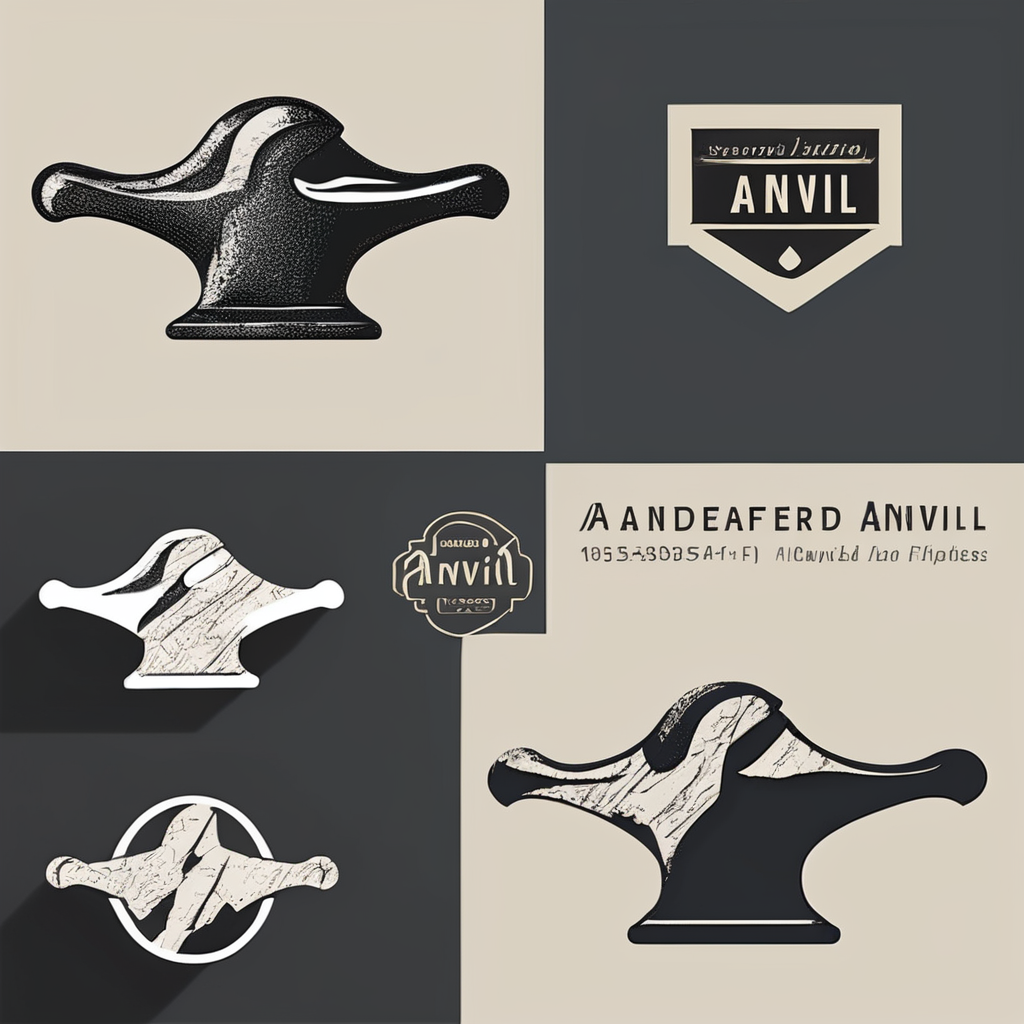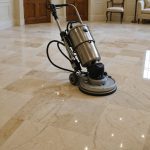Practical Insulation Methods to Improve Home Energy Efficiency
Improving UK home insulation is one of the most effective ways to reduce energy loss UK homeowners face annually. Common techniques include loft insulation benefits, various wall insulation types, and practical floor insulation options. Loft insulation, for example, can significantly trap heat, leading to lower heating bills and increased comfort. Adding insulation to walls—whether cavity or solid walls—addresses major heat loss points, while floor insulation can prevent cold drafts and dampness.
Proper insulation not only reduces energy consumption but also cuts costs, making it a cost-effective home upgrade. Many UK homeowners find that investing in these insulation methods quickly pays off by lowering heating expenses. Additionally, the environmental impact is notable, as reducing heat loss directly decreases the home’s carbon footprint.
Additional reading : How Can Sustainable Practices Transform UK House Designs?
To support upgrades, there are potential grants and funding options available to UK residents. These often aim to encourage energy-efficient improvements by offsetting initial installation costs. Exploring such schemes can make upgrading insulation more accessible, further paving the way for long-term benefits in energy savings and home comfort.
Leveraging Renewable Energy Sources for UK Homes
Exploring renewable energy UK options offers homeowners effective ways to reduce reliance on traditional fuels while cutting emissions. Among popular choices, solar panels UK homeowners often select are photovoltaic systems installed on rooftops. These capture sunlight, converting it into clean electricity to power a home or feed excess energy back to the grid. Another option, home wind turbines, harness local wind to generate power, though their feasibility depends on site conditions and planning permissions.
Have you seen this : How can you improve insulation in older UK homes?
Biomass heating systems use organic materials like wood pellets to provide sustainable warmth, offering an alternative to gas or electric heating. When considering installation, factors such as roof orientation for solar panels, average wind speeds for turbines, and fuel supply for biomass should be evaluated carefully to maximise energy savings.
Several clean energy incentives UK residents can access reduce upfront costs. These initiatives help offset installation expenses and encourage wider adoption. Leveraging such support enhances the cost-effectiveness of renewable technologies, enabling homeowners to benefit from lower energy bills and a reduced carbon footprint. Embracing renewables complements traditional UK home insulation efforts, completing an efficient home energy strategy.
Practical Insulation Methods to Improve Home Energy Efficiency
Enhancing UK home insulation is key to tackling rising energy costs and reducing environmental impact. Common methods include loft insulation benefits, which help trap heat in the upper parts of a house, preventing warmth from escaping through the roof. This technique often yields quick energy savings due to the large surface area involved.
In addition to loft insulation, homeowners can choose from various wall insulation types. These range from cavity wall insulation, which fills the gap between internal and external walls, to solid wall insulation that adds a protective layer to older homes. Both reduce heat loss significantly, improving overall comfort and cutting heating bills.
Floor insulation options are equally important, especially in homes with suspended floors or poorly insulated ground floors. By reducing cold drafts and dampness, floor insulation enhances warmth while mitigating moisture issues.
Proper insulation creates a substantial energy loss reduction UK households need for efficiency. Not only does this lower energy bills by preserving heat, but it also contributes to a smaller carbon footprint. Cost-effectiveness comes with many UK residents benefiting from government-supported grants and funding schemes, making installation more accessible and affordable for a range of homes.
Practical Insulation Methods to Improve Home Energy Efficiency
Improving UK home insulation remains a vital step toward effective energy loss reduction UK homeowners strive for. Among the most impactful techniques are loft insulation benefits, which trap rising heat and prevent it from escaping through the roof, addressing a major heat loss route in many homes. Proper loft insulation can reduce heating demand significantly, particularly in older properties.
Additionally, wall insulation types such as cavity wall and solid wall options provide tailored solutions depending on construction style. Cavity wall insulation fills the gap within walls, reducing drafts, while solid wall insulation adds an extra thermal layer externally or internally. These methods address up to 35% of heat loss through walls, boosting overall home warmth.
Complementing these, floor insulation options reduce cold air infiltration from beneath the house, improving thermal comfort on lower levels. Techniques vary, from insulating suspended floors to laying insulating boards on solid floors.
Beyond comfort, these combined insulation methods dramatically cut energy bills by decreasing heat loss, making them highly cost-effective. Importantly, many UK homeowners can access grants and funding schemes aimed at encouraging such energy-efficient upgrades, reducing financial barriers and increasing uptake across the country.
Practical Insulation Methods to Improve Home Energy Efficiency
Elevating UK home insulation involves several proven techniques that considerably reduce heat loss. Loft insulation benefits stand out, as insulating loft spaces curtails heat escape through roofs — a primary source of energy loss in many homes. Proper loft insulation can cut heat loss by up to 25%, directly lowering heating demand and costs.
In addition, selecting the appropriate wall insulation types is crucial. Cavity wall insulation is effective for homes with double-layer walls, filling the gap to prevent drafts and heat escape. For older properties with solid walls, internal or external solid wall insulation adds an insulating layer that substantially reduces heat diffusion, contributing to energy loss reduction UK households need.
Floor insulation options also play a vital role. Suspended floors can be insulated from underneath to block cold air ingress, while insulated floorboards or rigid insulation on solid floors limit heat loss from below. Together, these methods ensure a warm living space and reduce energy bills.
While installation costs vary, the combination of loft, wall, and floor insulation offers outstanding cost-effectiveness. Homeowners can often access grants and funding to partially offset upfront expenses, making upgrades more affordable and boosting long-term energy savings and environmental benefits.
Practical Insulation Methods to Improve Home Energy Efficiency
UK home insulation is fundamental in achieving substantial energy loss reduction UK homeowners seek. Common techniques include loft insulation, wall insulation types, and floor insulation options, each targeting key areas of heat escape.
Loft insulation benefits are notable, as properly installed insulation in lofts can reduce heat loss by up to 25%. It traps warm air in the upper parts of the home, crucial during colder months. Choosing suitable loft insulation materials enhances this effect and improves overall thermal performance.
When assessing wall insulation types, cavity wall insulation suits most modern homes by filling gaps between walls to block heat escape. Meanwhile, solid wall insulation—applied internally or externally—benefits older, solid brick properties by adding an insulating layer that minimizes heat diffusion. Both types significantly contribute to lowering heating needs.
For floor insulation options, insulating suspended floors prevents cold air ingress, while rigid insulation boards work effectively on solid floors. These choices improve comfort, reduce dampness, and curb heat loss from below.
Combining these practical methods results in marked reductions in heating demand and energy bills. The excellent cost-effectiveness of these upgrades is further enhanced by UK energy efficiency grants, making insulation improvements both financially and environmentally beneficial.
Practical Insulation Methods to Improve Home Energy Efficiency
Effective UK home insulation focuses on three main areas: loft, walls, and floors, each offering specific benefits in reducing heat loss. Loft insulation benefits are significant because the roof accounts for a large portion of heat escaping a home. Properly installed loft insulation traps warm air, reducing heating demand by up to 25%, and preventing costly energy waste.
Addressing walls involves choosing suitable wall insulation types. For newer homes with cavities, cavity wall insulation fills gaps between wall layers, cutting drafts and retaining warmth. Meanwhile, solid wall insulation, either internal or external, adds a continuous barrier to older brick homes, enhancing thermal retention substantially.
Floor insulation options target heat loss from below, particularly in houses with suspended floors or poorly insulated ground floors. Using insulated floorboards or applying insulation beneath floorboards limits cold air ingress, increasing comfort and preventing dampness.
Combined, these insulation methods achieve substantial energy loss reduction UK households require. Besides improving thermal efficiency, the financial benefits are clear: lower energy bills and increased property value. Furthermore, many homeowners can access cost-effective grants and funding programs, making insulation upgrades more affordable without compromising quality or performance.










